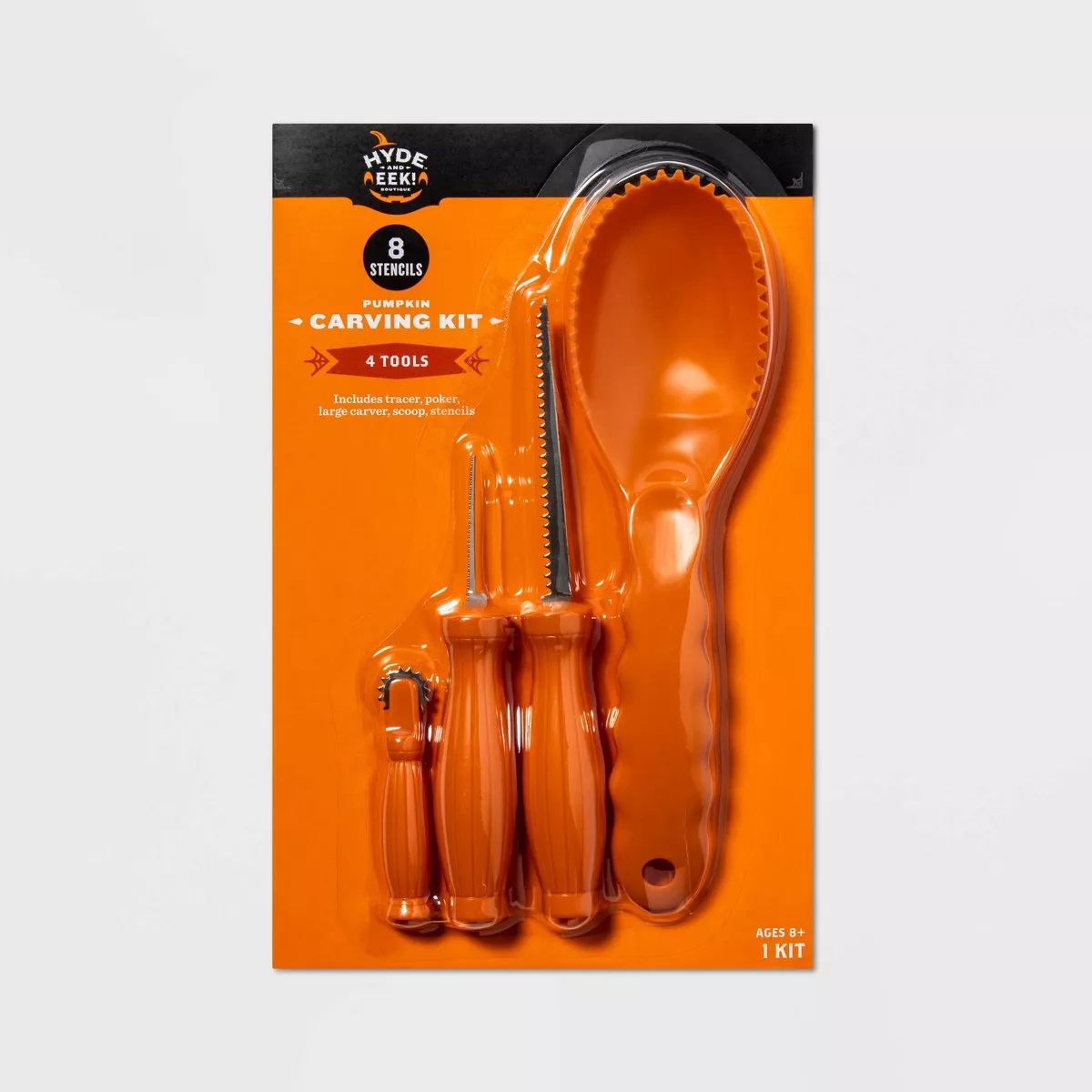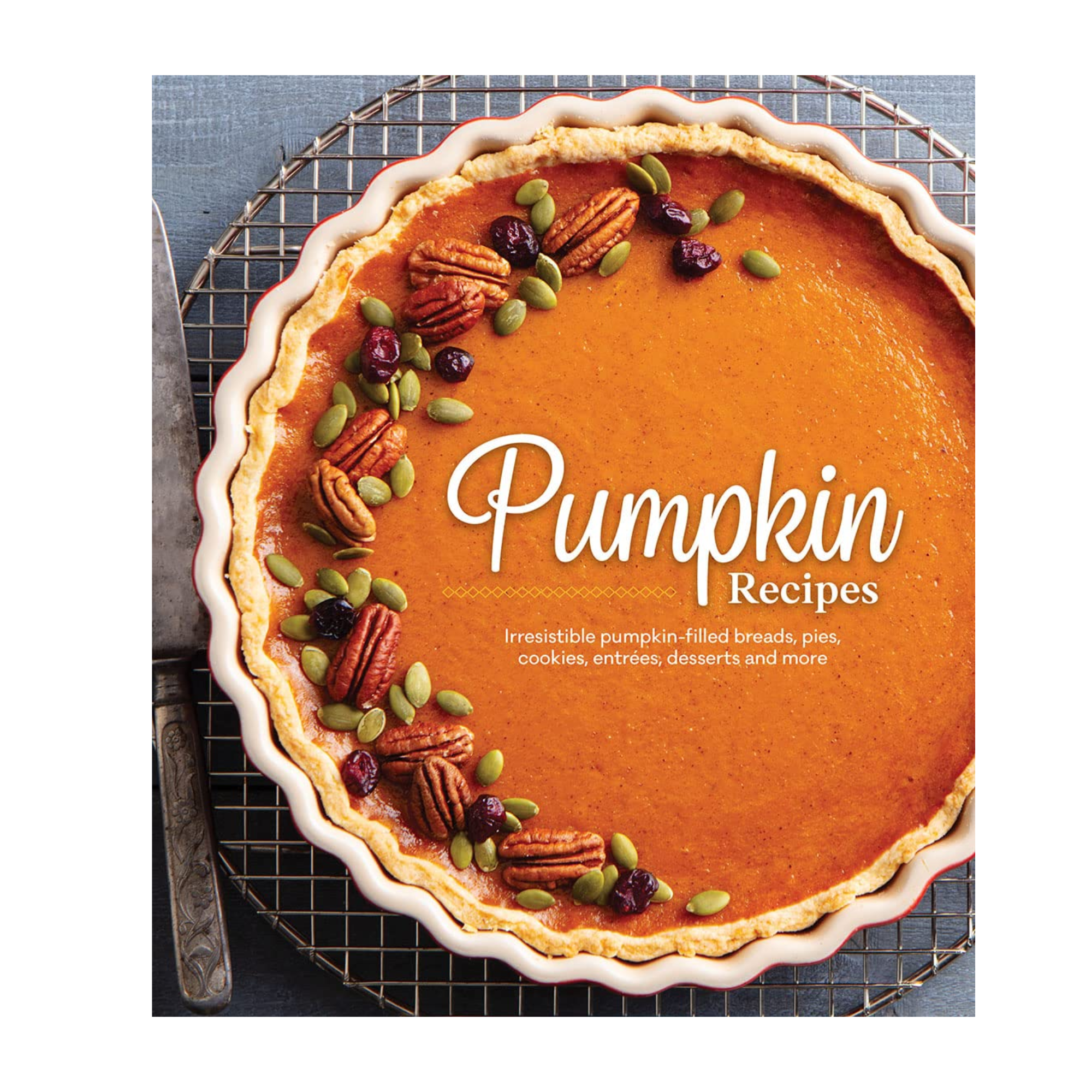Are your pumpkins ready to pick? These expert gardeners reveal the tricks to tell if they're fully grown
So you can enjoy this seasonal crop, here's how to know if your pumpkins are ready to harvest for the best taste possible
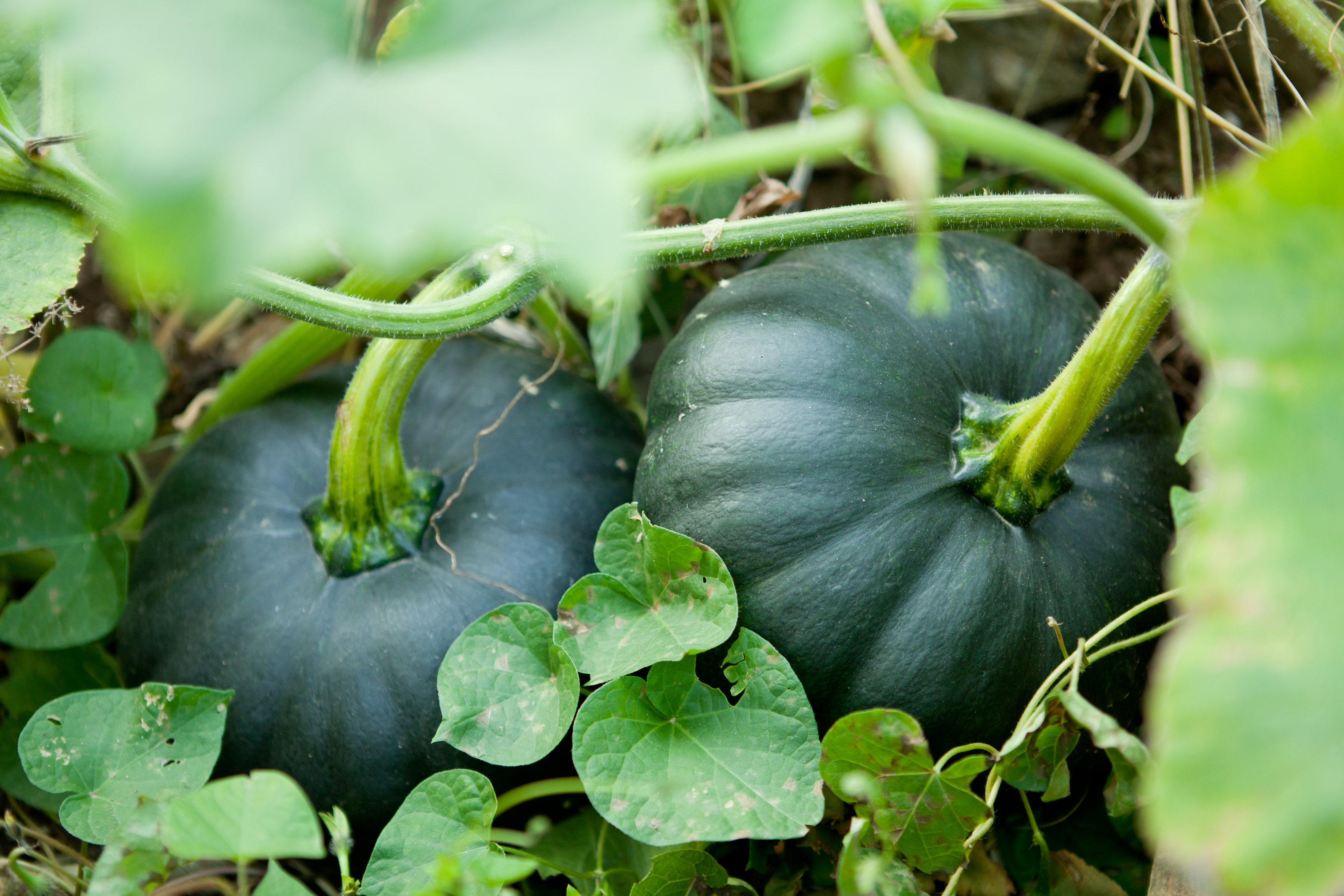

October has finally rolled around, and as well as the cooler weather and longer nights, there's one particular vegetable (or fruit, if we're being technical) that's synonymous with this month - the pumpkin. If you've been busy growing your own in your backyard and patiently waiting for your bulbous crop to form, you might be wondering when to start harvesting to ensure they're perfectly ripe, and luckily for you, we have the answer.
Pumpkins are a super low-maintenance addition to your modern vegetable garden and some varieties can grow to enormous sizes, but that's what makes it so difficult to know when they're actually ready. As we look forward to spooky celebrations on the 31st, you might have your eye set on your perfect homegrown pumpkin for carving, but don't forget about the delicious recipes that put pumpkin to good use. From warming soup on Halloween evening to sweet pumpkin pie for Thanksgiving, there are so many ways to enjoy this seasonal crop, but how will you know if yours are ready to pick for the best taste possible?
To help you figure out when to clip your pumpkins from the vine, we asked some gardening experts for their tips on how to identify a full-grown one so you can start cooking the ultimate fall feast.
How long do pumpkins take to grow?
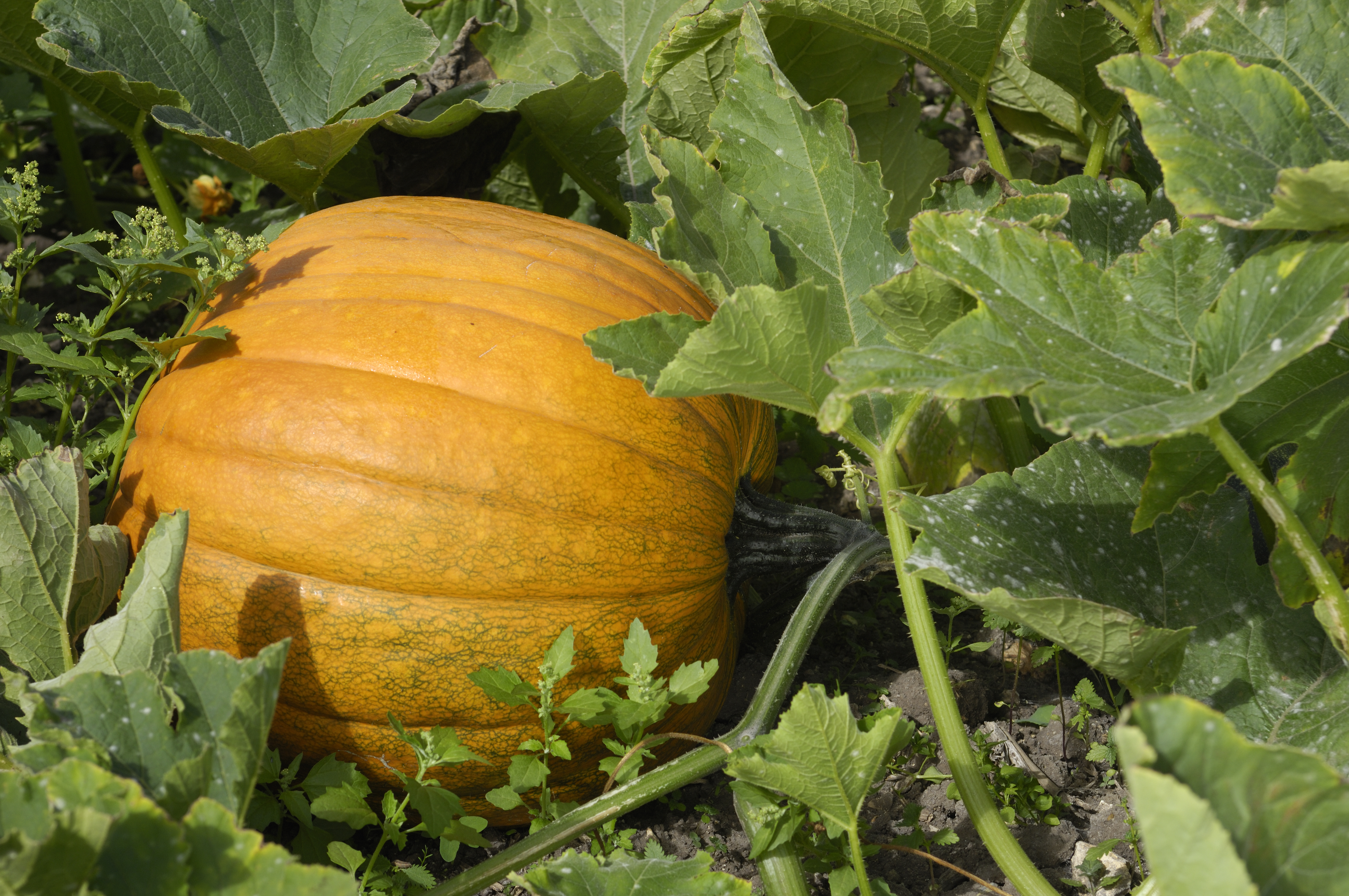
To help you decipher when to harvest your pumpkins, it helps to know how long they take to grow. Like most plants, the answer isn't clear cut and will depend on the variety, when you planted them in your backyard, and the local growing conditions in your area, but experts have a rough guideline to bear in mind.
'On average, pumpkins take about 75 to 100 days from seed to harvest,' explains Lina Cowley, gardening expert and blogger at Trimmed Roots. 'However, the specific duration can vary depending on the variety of pumpkins you're growing, weather conditions, and other factors. For example, some smaller varieties may mature in less time, while larger varieties may need more.'
How do you know when your pumpkins are ready to pick?
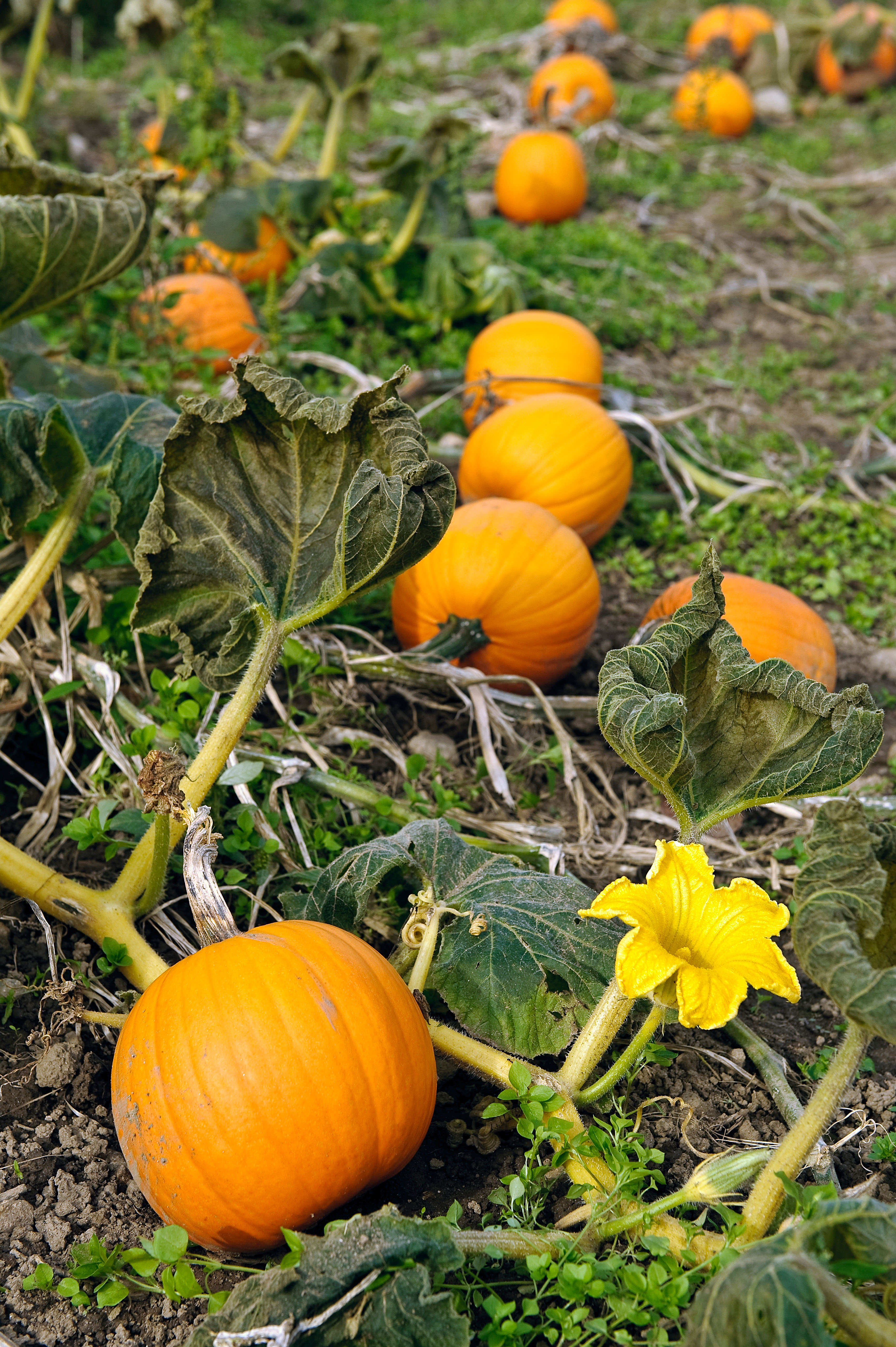
Your fall vegetable beds might look unruly right now since most edible plants belonging to the Cucurbita genus - that's the likes of squash, gourds, zucchini, and of course, pumpkins - are in their prime, and they love spread out over a large area. Before you start picking your crops and risking a premature harvest, however, these are the signs to look out for to know if your pumpkin is ready.
'Firstly, a pumpkin is ready when it has reached a deep, solid color—usually orange, but it can vary depending on the variety,' says Tony O'Neill, founder of Simplify Gardening. Lina also agrees that this should be your first tell-tale sign. 'Most pumpkins will change from green to their mature color as they ripen,' she says. 'Keep an eye out for any hints of yellow or brown patches, as this can be a sign of overripeness or rot.' Of course, you'll also need to bear in mind that some pumpkin varieties, such as Goblin, Italian Stripe, and Shamrock, will stay green even once they're ripe.
The Livingetc newsletters are your inside source for what’s shaping interiors now - and what’s next. Discover trend forecasts, smart style ideas, and curated shopping inspiration that brings design to life. Subscribe today and stay ahead of the curve.
'Secondly, the rind should be hard, to the point where you should be unable to puncture it with your fingernail,' says Tony. Conversely, as Lina goes on to note, pumpkins with a soft, easily penetrable skin may not be fully mature.
Lastly, Tony adds that the stem of your pumpkin will dry out, turning woody and brown once the fruit is ripe. 'Look for a stem that has toughened up and turned brown or tan,' Lina concurs. 'A green stem usually indicates an immature pumpkin that needs more time on the vine.'
Can you leave pumpkins on the vine for too long?

If you're the cautious type, you might be tempted to play it safe by waiting until closer to Thanksgiving to harvest your pumpkins, especially if you plan to cook a mean pumpkin pie for the family dessert. But, while this technique can work when it comes to ripening green tomatoes, the same can't be said for pumpkins, and doing so could cost you your entire crop if you're not careful.
'Leaving pumpkins on the vine for too long can make them susceptible to disease and rot, especially if the weather turns wet,' says Tony. 'Additionally, critters might also find them more appealing! Once a pumpkin is ripe and the weather is predicted to worsen, it's usually best to harvest it.'
Do pumpkins need to stay on the vine to ripen?
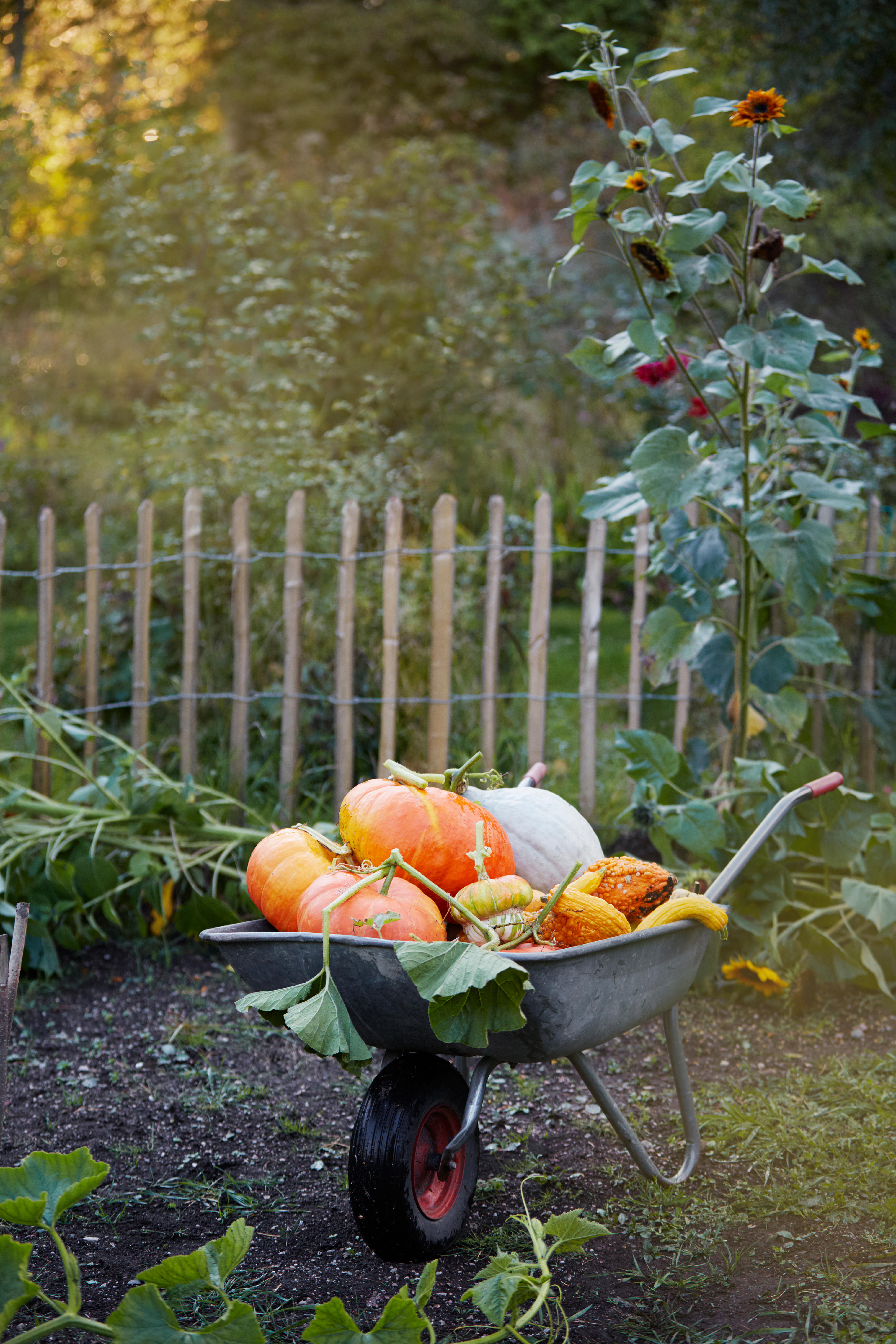
If you found that your tomatoes wouldn't turn red last month, perhaps you bought the fruits inside and waited patiently for them to ripen on your windowsill, however, experts warn that the same technique won't be as successful with your pumpkins (that's assuming you have the room for them, anyway!).
'Pumpkins do their primary ripening on the vine, and that's where they gain their size and color,' Tony explains. 'That said, if needed, a nearly mature pumpkin can continue to ripen off the vine if it’s in a warm, dry place. This is a process known as "curing."'
Lina is quick to point out that pumpkins won't grow any larger once they've been picked. 'The ideal scenario is to let them ripen fully on the vine,' she reiterates. 'However, if frost or other adverse weather conditions are imminent, it's better to harvest them slightly early and allow them to ripen indoors,' she adds.
What happens if you pick pumpkins too early?

Perhaps these insights are too little too late, or our words of warning fell on deaf ears. If you were so eager that you picked your pumpkins too soon we hate to break it to you, but it just won't be as tasty. The good news is, not all is lost (plus consuming them won't actually do you any harm, either).
'It's easy to get excited and pick your pumpkins prematurely but doing so can impact their flavor, texture, and overall quality,' Lina says. 'Immature pumpkins may lack the sweetness and flavor that fully ripened ones possess so the taste might be bland or slightly bitter.'
They're also likely to have a reduced longevity. 'Picking a pumpkin too early means it might not have developed a thick enough rind, making it prone to rot and reducing its shelf life,' Tony adds. 'Additionally, it may not have reached its full color and potential size, which can be disappointing, especially if you are growing pumpkins for decorative purposes or for carving.'
Whether you use your pumpkins to cook up a feast or just for a touch of seasonal fall decor, you're still able to enjoy the fruits of your labor and honor this seasonal plant. And, as Tony says: 'it's always a thrilling journey to see them evolve from a tiny seed to a vibrant orange fruit'.

Lilith Hudson is a freelance writer and regular contributor to Livingetc. She holds an MA in Magazine Journalism from City, University of London, and has written for various titles including Homes & Gardens, House Beautiful, Advnture, the Saturday Times Magazine, Evening Standard, DJ Mag, Metro, and The Simple Things Magazine.
Prior to going freelance, Lilith was the News and Trends Editor at Livingetc. It was a role that helped her develop a keen eye for spotting all the latest micro-trends, interior hacks, and viral decor must-haves you need in your home. With a constant ear to the ground on the design scene, she's ahead of the curve when it comes to the latest color that's sweeping interiors or the hot new style to decorate our homes.

